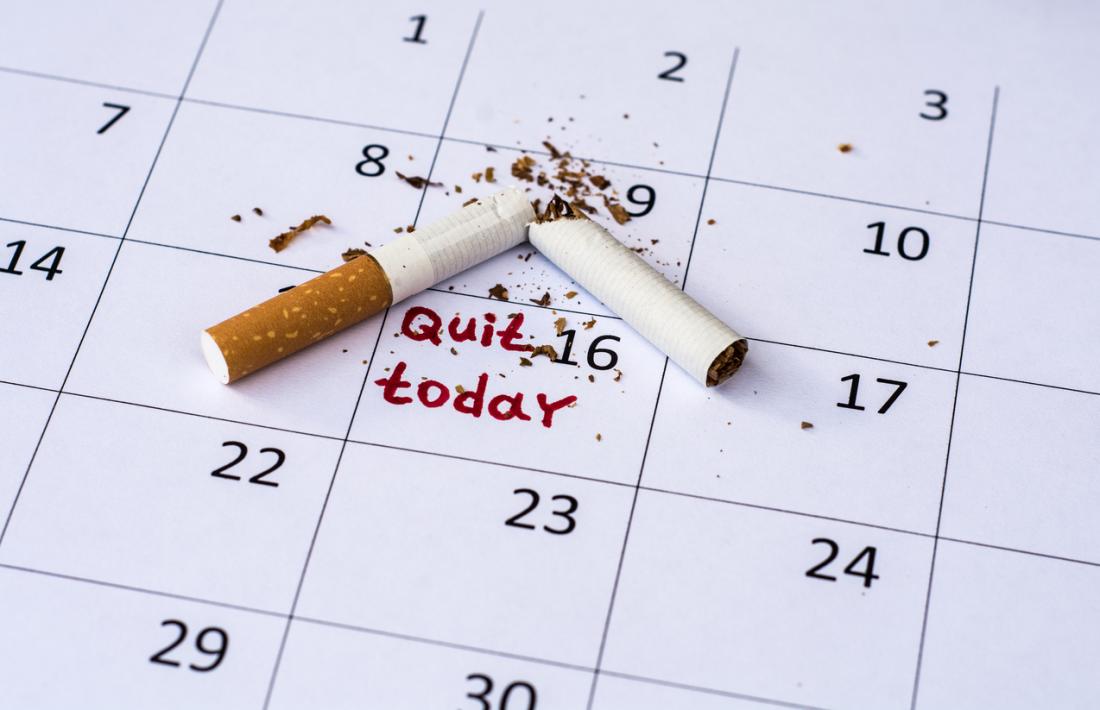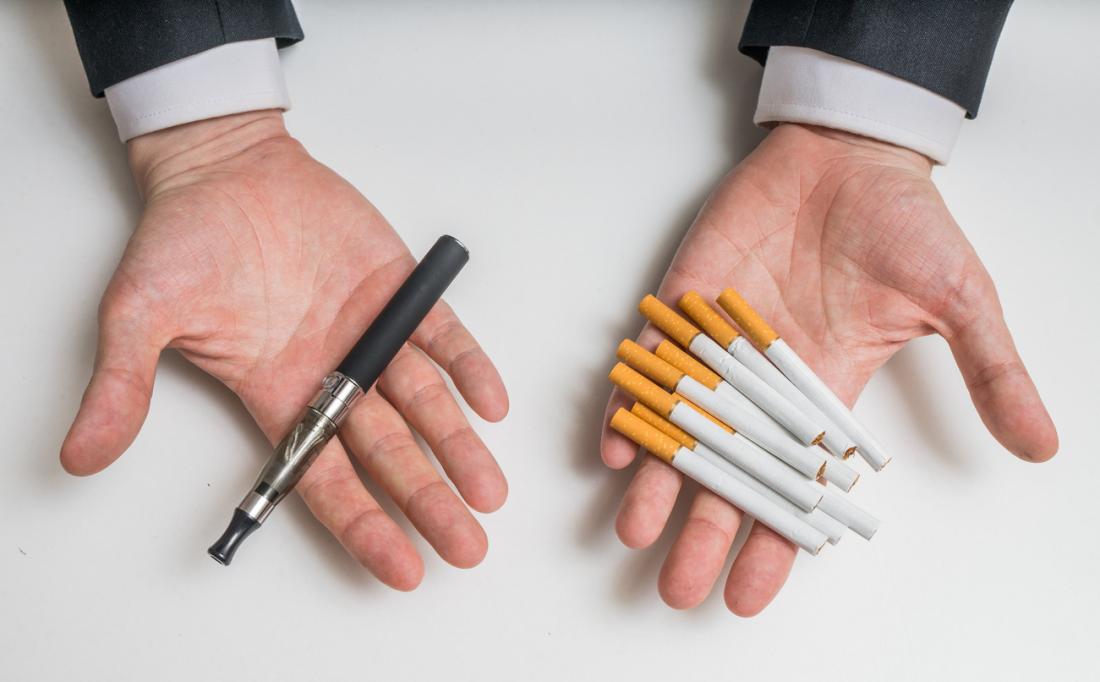HIV treatment and an undetectable viral load to prevent HIV transmission
Summary
It is now well known that the use of HIV treatment not only improves the health of people living with HIV, but is also a highly effective strategy to prevent HIV transmission. This is because HIV treatment can reduce the amount of virus (viral load) in the blood and other bodily fluids (such as semen and vaginal and rectal fluids) to undetectable levels. To become and remain undetectable, people living with HIV need to take their HIV treatment as prescribed. In addition to taking HIV medications, regular medical visits are important to monitor viral load to make sure it stays undetectable, and to receive other medical support.
Evidence shows that HIV-positive people who are on treatment, engaged in care, and have an ongoing undetectable viral load:
do not transmit HIV to their sexual partners;
do not transmit HIV to their baby during pregnancy and delivery (if they maintain an undetectable viral load throughout pregnancy and childbirth);
have a reduced chance of transmitting HIV through breastfeeding; however, breastfeeding is not recommended in Canada (formula feeding is the current recommendation);
have a reduced chance of transmitting HIV to people they share injection drug use equipment with, but there is currently not enough evidence to conclude that there is no risk.
How does HIV treatment and an undetectable viral load work to prevent HIV transmission?
HIV treatment, also called antiretroviral therapy (ART), works by controlling the replication of HIV in the body – that is, it reduces HIV’s ability to make copies of itself. When HIV replication is controlled, the viral load in the blood and bodily fluids decreases. Research tells us that as the viral load decreases, so does the risk of HIV transmission. When successful treatment lowers the viral load to undetectable levels, this can greatly reduce or eliminate the risk of HIV transmission.
ART usually consists of a combination of at least three antiretroviral drugs taken daily. Newer HIV treatments are safer, simpler and more effective than when ART was first introduced. The power of ART today is so profound that many people who start effective treatment soon after becoming HIV positive will have a near normal life span.
For most people the virus becomes so well controlled that within three to six months of starting treatment the amount of virus in their blood becomes undetectable by routinely used tests. Most viral load tests used in Canada cannot detect HIV in the blood if there are less than 40 to 50 copies of the virus per ml. However, the virus is still present at very low amounts in the body when the viral load is undetectable.
What is involved in the consistent and correct use of ART and an undetectable viral load for HIV prevention?
The consistent and correct use of ART to maintain an undetectable viral load includes:
high adherence to ART medications, to achieve and maintain an undetectable viral load
regular medical appointments to monitor viral load and receive adherence support, if needed
Regular testing and treatment for sexually transmitted infections (STIs) is also important since this strategy does not protect against STIs.
A person on ART needs to work with their doctor to determine an appropriate schedule for medical check-ups and viral load monitoring.
What is important for this approach to work?
After starting treatment the viral load needs to become and remain undetectable for this approach to provide protection.
When a person first begins treatment, it usually takes three to six months for the viral load to become undetectable. Most people will eventually have an undetectable viral load if they have a drug combination that is effective against their strain of HIV and take it as prescribed by their doctor.
The viral load should remain undetectable for at least six months before depending on this approach as an effective HIV prevention strategy. A person must continue to have high adherence to treatment to maintain an undetectable viral load over time. The only way to know if the viral load remains undetectable over the long term is to have regular viral load tests.
However, not everyone’s viral load becomes and remains undetectable on treatment. This most commonly happens when someone has low adherence to medications, but it can also occur due to drug resistance or drug toxicity. When treatment fails, a person won’t know that their viral load is detectable until they get another viral load test. Depending on the reason the treatment failed, a person may require a change in treatment, or may benefit from adherence counselling, to bring their viral load back down to undetectable levels. The best options for moving forward should be discussed with a doctor.
How well does the use of ART to maintain an undetectable viral load prevent the sexual transmission of HIV?
Research conducted in serodiscordant couples (where one partner is HIV positive and the other is HIV negative) shows that, when used consistently and correctly, the use of ART to maintain an undetectable viral load is a highly effective strategy to prevent the sexual transmission of HIV for both heterosexual and same-sex male couples. Evidence from this research shows that when people on ART are engaged in care and maintain an undetectable viral load, they do not transmit HIV through sex.
The first study to show that ART and an undetectable viral load has a major prevention benefit in serodiscordant heterosexual couples was the randomized controlled trial known as HPTN 052. In the final analysis, which included 1,763 serodiscordant heterosexual couples (half of whom were followed for over five and a half years), no HIV transmissions occurred between couples in the study when the HIV-positive partner was on ART and had an undetectable viral load. In total, eight transmissions occurred between couples while the HIV-positive partner was on ART; however, in all eight cases the viral load was detectable, despite being on ART. Four transmissions occurred in the first three months after the HIV-positive partner started treatment, before the viral load was undetectable. The other four happened when treatment failed to maintain the viral load at undetectable levels. In addition to these eight transmissions, there were 26 people who acquired HIV infection from a sex partner outside of the primary relationship, showing that in a serodiscordant couple in which the HIV-positive partner is on ART with an undetectable viral load, the main risk of HIV transmission comes from outside the relationship.
Results from a large two-phase observational study known as PARTNER showed that ART and an undetectable viral load prevents the sexual transmission of HIV in both heterosexual and same-sex male couples in the absence of other forms of HIV prevention (condoms, PrEP or PEP). The first phase of the study included heterosexual and same-sex male couples, and the second phase continued with only same-sex male couples. In this study there was a large number of unprotected sex acts (no condoms, PrEP or PEP) when the viral load was undetectable – approximately 36,000 among heterosexual couples and over 70,000 among same-sex male couples enrolled in the study. By the end of the study, there were no HIV transmissions between couples in the study when the HIV-positive partner was on ART and had an undetectable viral load. However, there were 16 new HIV infections (15 gay men and one heterosexual person) that were transmitted from a sex partner outside of the relationship.
An observational study similar to PARTNER, called Opposites Attract, also found no HIV transmissions between serodiscordant same-sex male couples when the partner was on treatment and maintained an undetectable viral load despite over 12,000 condomless anal sex acts. In this study, three of the HIV-negative partners got HIV from a partner outside of the relationship.
In both the PARTNER and Opposites Attract studies there was a high incidence of STIs. Between the two studies there were over 8,000 condomless anal sex acts between serodiscordant male couples during a period when at least one partner had an STI, and no HIV transmissions occurred. This indicates that an undetectable viral load prevents HIV transmission even in the presence of other STIs.
All participants in these studies were engaged in regular healthcare appointments to check viral load, test for STIs, and receive adherence and prevention counselling. They were also treated for STIs when needed. These comprehensive supports are an important part of regular follow-up care while on ART.
The results of these (and earlier) studies provide a strong body of evidence showing that people living with HIV who are adherent to ART and engaged in regular healthcare, with a sustained undetectable viral load, do not transmit HIV sexually. The PARTNER and Opposites Attract studies show that this is true even when condoms are not used, an din th epresence of other STIs.
How well does the use of ART to maintain an undetectable viral load prevent HIV transmission to a baby during pregnancy and birth, and while breastfeeding?
If a pregnant person starts HIV treatment prior to or very early in pregnancy and maintains an undetectable viral load during pregnancy and delivery, they will not transmit HIV to their baby. However, it is possible to transmit HIV through breastfeeding (sometimes called chestfeeding) because human milk can contain HIV even when the viral load is undetectable.
A French cohort study found that no HIV transmissions occurred among 2,651 infants born to women who were on treatment before they conceived and throughout their pregnancy, and who had an undetectable viral load at delivery. Newborn children of HIV-positive people are also given a short course of HIV medication to help prevent transmission. However, if treatment is not taken for the entire duration of pregnancy or if an undetectable viral load is not maintained, there is a risk of HIV transmission to the infant during pregnancy and/or delivery. HIV testing is important for people who are pregnant or considering becoming pregnant, so that people who test positive can begin treatment and reduce or eliminate the risk of passing HIV to their babies.
The risk of transmitting HIV through breastfeeding while on treatment and maintaining an undetectable viral load is very low, but not zero. While an undetectable viral load greatly reduces the risk of transmission, there have been some cases of HIV transmission among breastfeeding women who had undetectable viral loads. Canadian guidelines recommend that HIV-positive parents feed their babies formula to prevent transmission. However, experts recommend that people who are on treatment and maintaining an undetectable viral load who have a strong desire to breastfeed should receive clinical support to do so as safely as possible.
How well does the use of ART to maintain an undetectable viral load prevent HIV transmission through injection drug use?
An HIV-positive person who is engaged in care, on ART and has a sustained undetectable viral load is also considerably less likely to pass HIV through injection drug use. The available research suggests that this strategy is effective at preventing HIV transmission among people who inject drugs; however, there is not enough evidence to conclude that there is no risk.
Two ecological studies from Vancouver and Baltimore reported on reductions in new HIV infections over time and found an association with a reduction in the community viral load of people who inject drugs. Although it is likely that increased uptake of ART is partly responsible for the observed decline in the number of new infections, it is difficult to know how much of this change can be attributed to an increase in harm reduction services that also occurred during this period. A recent cohort study in India among 14,481 people who inject drugs and 12,022 men who have sex with men found a clear correlation between estimated HIV incidence and both community-level treatment coverage and viral suppression. This study found significant correlations at the community level, but since it was not designed to look at individual risk of transmission, no estimate of effectiveness was available.
Is the use of ART to maintain an undetectable viral load intended to be used as a replacement for condoms and other HIV prevention strategies?
Although the use of ART to maintain an undetectable viral load works regardless of whether condoms or PrEP are used, everyone should be able to choose a prevention strategy that works best for them. This strategy is one of several highly effective options for preventing sexual HIV transmission; however, it does not offer protection against STIs (such as herpes, chlamydia or syphilis). Condoms are the only effective strategy to help prevent STIs.
For people who inject drugs, other prevention programs and strategies (such as the distribution and use of new injecting equipment) are important to help prevent HIV transmission, as well as other blood-borne infections such as hepatitis C.
Resources
CATIE resources
CATIE statement on the use of antiretroviral treatment (ART) as a highly effective strategy to maintain an undetectable viral load to prevent the sexual transmission of HIV
Undetectable viral load and HIV sexual transmission
The Power of Undetectable: What you need to know about HIV treatment as prevention
Negligible Risk: Updated results from two studies continue to show that antiretroviral treatment and an undetectable viral load is a highly effective HIV prevention strategy – CATIE News
Views from the front lines: Pregnancy and infant feeding – Prevention in Focus
Guidelines, position papers and consensus statements
Canadian Consensus Statement on the health and prevention benefits of HIV antiretroviral medications and HIV testing – CTAC, CATIE, positivelite.com
Expert consensus statement on the science of HIV in the context of criminal law (2018) – Journal of the international AIDS society
Risk of sexual transmission of HIV from a person with HIV who has an undetectable viral load: Messaging Primer & Consensus Statement – Prevention Access Campaign
Community Consensus Statement on access to HIV treatment and its use for prevention – AVAC, EATG, MSMGF, GNP+, HIV i-Base, the International HIV/AIDS Alliance, ITPC, NAM/aidsmap
Expert Consensus: Viral Load and Risk of HIV Transmission – Institut National de Santé Publique du Quebec (INSPQ)
Consolidated guidelines on HIV prevention, diagnosis, treatment and care for key populations – World Health Organization (WHO)
References
Baeten JM, Kahle E, Lingappa JR et al. Genital HIV-1 RNA predicts risk of heterosexual HIV-1 transmission. Science Translational Medicine. 2011 Apr 6;3(77):77ra29.
Lee PK, Kieffer TL, Siliciano RF, et al. HIV-1 viral load blips are of limited clinical significance. Journal of Antimicrobial Chemotherapy. 2006;57:803–805.
Cohen MS, Chen YQ, McCauley M, et al. Prevention of HIV-1 infection with early antiretroviral therapy. New England Journal of Medicine. 2011 Aug 11;365(6):493–505.
Cohen MS, Chen YQ, McCauley M, et al. Antiretroviral therapy for the prevention of HIV-1 transmission. New England Journal of Medicine. 2016;375:830–839. Available from: http://www.nejm.org/doi/pdf/10.1056/NEJMoa1600693
Eshleman SH, Hudelson SE, Redd AD, et al. Treatment as Prevention: Characterization of partner infections in the HIV Prevention Trials Network 052 trial. Journal of Acquired Immune Deficiency Syndromes. 2017 Jan 1;74(1):112–116.
Rodger AJ, Cambiano V, Bruun T, et al. Sexual activity without condoms and risk of HIV transmission in serodifferent couples when the HIV-positive partner is using suppressive antiretroviral therapy. Journal of the American Medical Association. 2016;316(2):171–181. Available from: http://jama.jamanetwork.com/article.aspx?articleid=2533066
Rodger AJ, Cambiano V, Bruun T, et al. Risk of HIV transmission through condomless sex in MSM couples with suppressive ART: The PARTNER2 Study extended results in gay men. 22nd International AIDS Conference (AIDS 2018). Amsterdam, the Netherlands, 2018. Oral Abstract WEAX0104LB.
Bavinton BR, Pinto AN, Phanuphak N et al. Viral suppression and HIV transmission in serodiscordant male couples: an international, prospective, observational, cohort study. Lancet HIV. 2018 Aug;5(8):e438–e447.
Stürmer M, Doerr HW, Berger A, Gute P. Is transmission of HIV-1 in non-viraemic serodiscordant couples possible? Antiviral Therapy. 2008;13(5):729–732.
Wood E, Milloy MJ, Montaner JS. HIV treatment as prevention among injection drug users. Current Opinion in HIV and AIDS. 2012 Mar:7(2):151–156.
Wood E, Kerr T, Marshall BDL, et al. Longitudinal community plasmas HIV-1 RNA concentrations and incidence of HIV-1 among injecting drug users: prospective cohort study. British Medical Journal. 2009 16 May 16:338(7704):1191–1194.
Fraser H, Mukandavire C, Martin NK, et al. HIV treatment as prevention among people who inject drugs – a re-evaluation of the evidence. International Journal of Epidemiology. 2017 Apr 1;46(2):466–478.
Galvin SR, Cohen MS. The role of sexually transmitted diseases in HIV transmission. Nature Reviews Microbiology. 2004 Jan;2(1):33–42.
Ward H, Rönn M. The contribution of STIs to the sexual transmission of HIV. Current Opinion in HIV and AIDS. 2010 Jul;5(4):305–310.
Bispo S, Chikhungu L, Rollins N, et al. Postnatal HIV transmission in breastfed infants of HIV-infected women on ART: a systematic review and meta-analysis. Journal of the International AIDS Society. 2017 Feb 20;20(1):1–8.
Mandelbrot L, Tubiana R, Le Chenadec J, et al. No perinatal HIV-1 transmission from women with effective antiretroviral therapy starting before conception. Clinical Infectious Diseases. 2015;61:1715–1725.
Luoga E. HIV transmission from mothers on antiretroviral therapy to their infants during breastfeeding in Rural Tanzania. In: Program and abstracts of the 16th European AIDS Conference, 25–27 October, Milan, 2017. Abstract PS5/5.
Shapiro RL, Hughes MD, Ogwu A, et al. Antiretroviral regimens in pregnancy and breast-feeding in Botswana. New England Journal of Medicine. 17 June 2010;362(24):2282–2294.
Palombi L, Pirillo MF, Andreotti M, et al. Antiretroviral prophylaxis for breastfeeding transmission in Malawi: drug concentrations, virological efficacy and safety. Antiviral Therapy. 2012;17:1511–1519.
Kahlert C, Aebi-Popp K, Bernasconi E, et al. Is breastfeeding an equipoise option in effectively treated HIV-infected mothers in a high-income setting? Swiss Medical Weekly. 2018 Jul 23;148:w14648. Available from: https://smw.ch/article/doi/smw.2018.14648
Kirk G, Galai N, Astemborski J, et al. Decline in community viral load strongly associated with declining HIV incidence among IDU: In: Proceedings of the 18th conference on Retroviruses and Opportunistic Infections; 27 Feb to 2 March 2011, Boston, MA, USA; 2011.
Solomon SS, Mehta SH, McFall AM, et al. Community viral load, antiretroviral therapy coverage, and HIV incidence in India: a cross sectional, comparative study. The Lancet HIV. 2016; 3: e183–e190.
Nolan S, Milloy MJ, Zhang R. Adherence and plasma HIV RNA response to antiretroviral therapy among HIV-seropositive injection drug users in a Canadian setting. AIDS Care. 2011;23:980–987.
Author(s): Arkell C, Harrigan M.
Published: 2018
Please note that some content on this website contains language, information and images related to sexuality and drug use, and may not be intended for people of all ages. CATIE ensures that these resources, developed to help prevent the transmission of HIV, hepatitis C and other infections, are written and reviewed by health experts for content accuracy.














